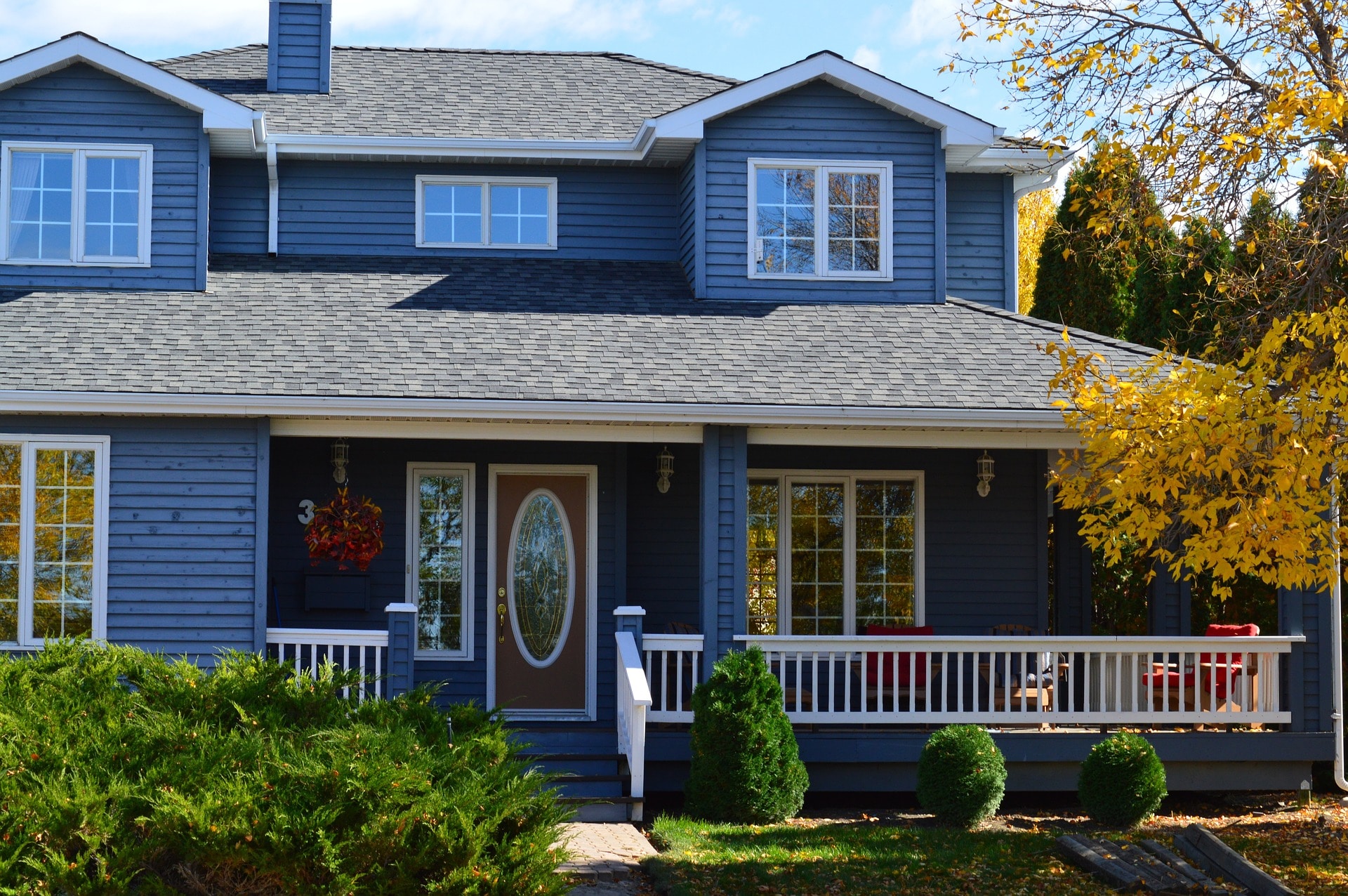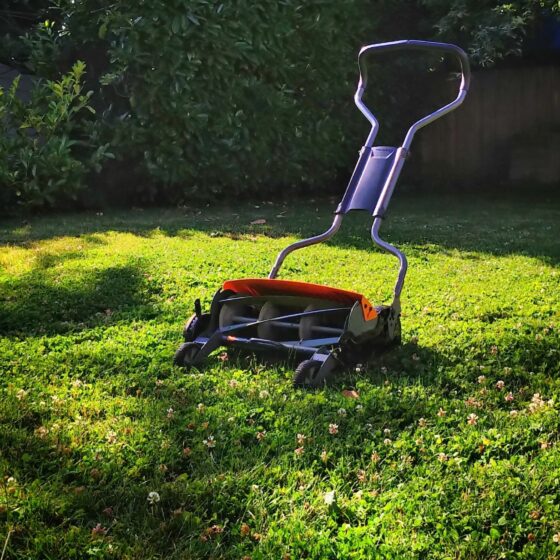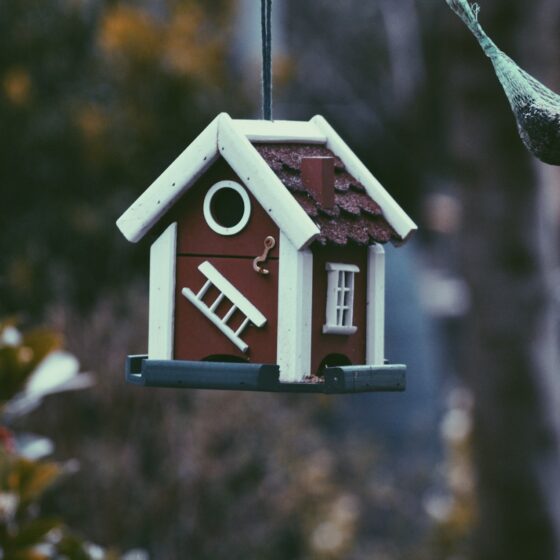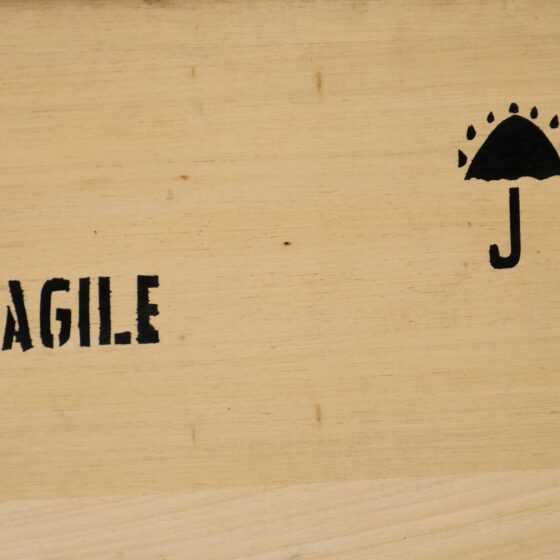In 2019, it was recorded that the homeownership rate in the United States was 65.1%. If you’re looking for insights like these and more from the latest home ownership statistics, you’ve come to the right place.
In 2005, before the Great Recession, homeownership rates in the United States were at an all-time high. Unfortunately, as you will see in the following stats, the rate of homeownership has largely dropped since then, with a few rises and falls along the way.
In this article, you will learn all about home ownership in the United States and throughout the world. You will also discover some demographic-based details of those who own homes.
Jump right in and enjoy!
The Top Home Ownership Statistics and Facts
- The homeownership rate in Europe is around 69%.
- In 2014, Germany had one of the lowest homeownership rates among developed nations, at 41%.
- The majority of homes in the United Kingdom are owned by those over the age of 65, at 36.1%.
- In 2019, in the United States, the rate of homeownership was 65.1%.
- The vacancy rate in owned houses in the United States for the fourth quarter of 2019 was 1.4%.
- According to the home ownership rates by country, in Romania, 96.4% of the people own their own homes.
- There are around 136.57 million units of housing in the US.
- Only 32% of Generation Y are homeowners.
- In 2019, the black homeownership rate was lowest among all racial groups, at 41.8%.
- African American homeownership rate dropped by 4.8 percentage points from 2000 to 2017.
Homeownership Statistics in Europe
In this section, you’ll find out which European country has the highest homeownership rate and which has the lowest.
1. The homeownership rate in Europe is around 69%.
(Statista)
This includes all 28 countries in Europe. Furthermore, this number has remained stable over the past few years.
2. In 2014, Germany had one of the lowest homeownership rates among developed nations, at 41%.
(Quartz, WorldAtlas)
According to home ownership rate by country, Switzerland had the lowest overall rate, at only 38.4%. Conversely, in Romania, 96.4% of residents own their own homes. This is slightly more than the rate found in Singapore, where 90.8% own homes, and Slovakia, where 90.3% own their own homes.
Countries With The Highest Home Ownership Rates
3. 65.1% of United Kingdom residents owned a home in 2018, according to the UK home ownership statistics.
(Statista)
This may be because the price of housing per square meter was three times more expensive than it was in countries like Hungary or Poland, where the homeownership rate is much higher.
4. The majority of homes in the United Kingdom are owned by those over the age of 65, at 36.1%.
(Statista)
Meanwhile, those between the ages of 45 and 54 own 20% of homes in the UK, and those between the ages of 55 and 65 own 19.5%.
The US Homeownership Rate
Let’s see what the homeownership rate is in different states in the USA.
5. In 2019, in the United States, the rate of homeownership was 65.1%.
(Statista, Trading Economics)
This rate is worked out by looking at the portion of houses that are occupied by the people who own them. Overall, the numbers show a steady drop from 2004 through 2016 (the worst being during the housing crisis). In January 2017, the rate was 63.6%. It then dipped for a short period and rose again to 65.1%. When we look at the home ownership rate in the USA for 2020, it will be interesting to note what the impact of the pandemic has been.
6. The homeownership rate census shows that in 2019’s first quarter, the Midwest had the highest homeownership rate, at 68.2%.
(Bankrate)
The South had the second-highest homeownership rate, at 66.2%. The South was followed by the Northeast, with a homeownership rate of 60.7%, and the West had a rate of 59.8%.
7. The states with the highest homeownership rates in 2018’s first quarter were West Virginia, Mississippi, South Carolina, New Hampshire, and Vermont.
(iProperty Management)
These homeownership rates were as follows: West Virginia, 75.8%; Mississippi, 73.8%; South Carolina, 72.9%; New Hampshire, 72.2%; and Vermont, 71.6%. This is all broken down by the homeownership rate by state in 2018.
8. Conversely, the regions and states with the lowest homeownership rates in 2018’s first quarter were the District of Columbia, New York, California, Nevada, and Rhode Island.
(iProperty Management)
The homeownership rates for each are as follows: District of Columbia, 39.8%; New York, 50.9%; California, 55.2%; Nevada, 58.5%; and Rhode Island, 59.4%.
9. The vacancy rate in owned houses in the United States for the fourth quarter of 2019 was 1.4%.
(U.S. Census Bureau)
The national homeownership rate lists the rate of vacancy in rented homes at around 6.4%, which isn’t that different from the rate in the fourth quarter of the previous year (6.6%).
10. From 2016 to 2019, there were an estimated 4 million units of housing introduced, and all of these were owned homes instead of rented units.
(Mercatus Center)
This is according to an update by the Census Bureau after the third quarter of 2019. It showed that the homeownership rate was trending upward toward 65%.
11. In 2019, those wanting to buy their first home while using a Federal Housing Administration loan would be expected to pay a 3.5% down payment, according to home ownership statistics.
(Bankrate)
For many millennials, this can be a problem—the downpayment for a $200,000 house would be $7,000. However, most people who are single taxpayers and under the age of 35 only have a savings of $2,500 on average.
12. In 2017, homeownership rates were at the lowest they’d been in the United States for 20 years.
(Brookings)
There were many factors that contributed to people’s choices to rent rather than own. These included increases in regulations surrounding mortgages and harsher underwriting restrictions. In addition to this, the homeownership rate by year was affected because younger people were operating in a weakened labor market. Younger people were also dealing with higher levels of student loans, which meant they were less likely to go into debt to own a home.
13. In the US, 2017’s homeownership rate for those over the age of 65 was only 2 percentage points lower than it was the year before the Great Recession.
(U.S. Census Bureau)
Unfortunately, the homeownership rate by age shows that younger generations have not been as lucky when it comes to homeownership. Those under the age of 44 had a homeownership rate in 2017 that was up to 10 percentage points lower than the same age group’s rate in 2006.
14. In the second quarter of 2018, the group with the highest homeownership rate was among those over the age of 65, at 78%.
(U.S. Census Bureau)
For those who were under the age of 35, the millennial homeownership rate was only 36.5%.
15. Owning a home at a young age is one way to grow future wealth.
(New America)
Unfortunately, more and more younger adults are unable to purchase their own homes, with many moving back in with their parents.
16. Americans increasingly believe that renting is more affordable than homeownership.
(Statista)
When comparing home ownership vs. renting, statistics show that only 69% of renters in 2016 believed they were choosing the more affordable option. However, in 2019, that number rose to 82% of renters. That means that the average rent in the US is being paid by people who believe they are making the easiest financial choice.
17. There are around 136.57 million units of housing in the US.
(iProperty Management)
Of those, only 930,000 are being rented out. In 2018, 76.2 million housing units were homeowner occupied.
Demographics Behind the US Homeownership Rate
Who owns the most homes in the United States? Here, we’ll be discussing the demographics of homeownership.
18. Fewer millennials are buying houses largely because they only started coming of age around the time of the Great Recession and housing crisis.
(New America)
This means that it’s harder for them to buy property now due to increased regulations and tighter restrictions. It’s also the additional costs involved with homeownership that can prevent younger people from buying,
including home insurance.
19. Only 32% of Generation Y are homeowners.
(iProperty Management)
When we look at the percentage of homeowners by age, this is compared to 60% of Generation X, 78% of baby boomers, and 82% of the silent generation.
20. Millennial home ownership statistics show that millennials and Generation X own a combined number of 33 million occupied homes.
(iProperty Management)
These two generations make up 68% of the workforce. This is compared to baby boomers and the silent generation, who also own a combined 33 million occupied homes, but who only make up 27% of the American workforce.
21. In 2019, the black homeownership rate was lowest among all racial groups, at 41.8%.
(Urban Institute)
As we gather from home ownership statistics by race, of all ethnicities, African Americans were the group who found it most difficult to recover from the Great Recession and related housing crisis.
22. Homeownership rate by race shows that the African American homeownership rate dropped by 4.8 percentage points from 2000 to 2017.
(Urban Institute)
White American homeownership dropped by 0.5 points. This was at a time when other racial groups, for example, Hispanics, were able to increase their homeownership rate.
Final Thoughts
Home ownership has certainly fallen since the Great Recession, but it looks as if it’s on the rise. If you look at home ownership statistics up to 2021 in the US and around the world, it becomes apparent that the younger generations aren’t owning as many homes as their predecessors did at their age, but this is likely because the real estate market and the economy are still recovering from the crash.
If we look back at the U.S. homeownership rate for 2020, we may see some key differences. We may also start seeing a lot more green buildings and smart homes in the future.
FAQ
What percentage of people own their own homes?
(Statista, USA Today)
In 2019, the homeownership rate in the US was 65.1%. This represents the number of US households that are occupied and owned by said occupants.
If you look at the cities that have the highest rate of private home ownership, you’ll find that the top 10 include the following:
- Orland Park, Illinois (89.2%)
- Rowlett, Texas (87.6%)
- Lakeville, Minnesota (86.9%)
- Flower Mound, Texas (86.9%)
- Sammamish, Washington (86.3%)
- Blaine, Minnesota (86.1%)
- Mentor, Ohio (86%)
- Estero, Florida (85.5%)
- Maple Grove, Minnesota (84.9%)
- Livonia, Michigan (84.8%)
What percentage of millennials are homeowners?
(Urban Institute)
Only around 37% of millennials are homeowners in the US. This data is taken from 2015, where they looked at homeownership among those between the ages of 25 and 34.
Generation X and the baby boomers had a homeownership rate that was 8 points higher when they were that age. It’s likely that millennials own fewer homes than their predecessors due to the Great Recession.
Which country has the highest home ownership rate?
(WorldAtlas)
Romania is the country that has the highest homeownership rate in the world, at 96.4%. This means that a large majority of the country owns their own homes. The country with the second-highest rate of homeownership is Singapore, at 90.8%. In third place, not far behind, is Slovakia, at 90.3%
Looking at homeownership rate by county, the rest of the top 20 countries with the highest rate of homeownership are Cuba, Croatia, Lithuania, India, Hungary, Russia, Poland, Norway, Bulgaria, Estonia, Latvia, Malta, Mexico, Thailand, Spain, the Czech Republic, and Iceland.
Is home ownership on the decline?
(CNBC)
In 2016, the rate of homeownership in the US was at the lowest it had been in 50 years, at only 63%. Since then, it has recovered to a certain extent, but it’s not as high as it was in 2005, before the Great Recession, which affected homeownership to a large degree, according to home ownership statistics.













